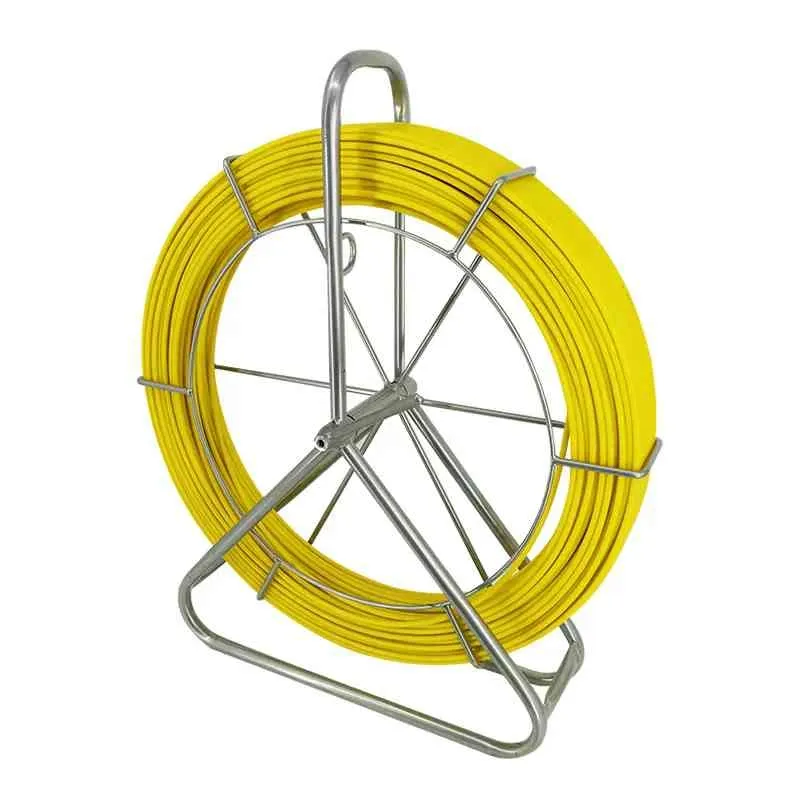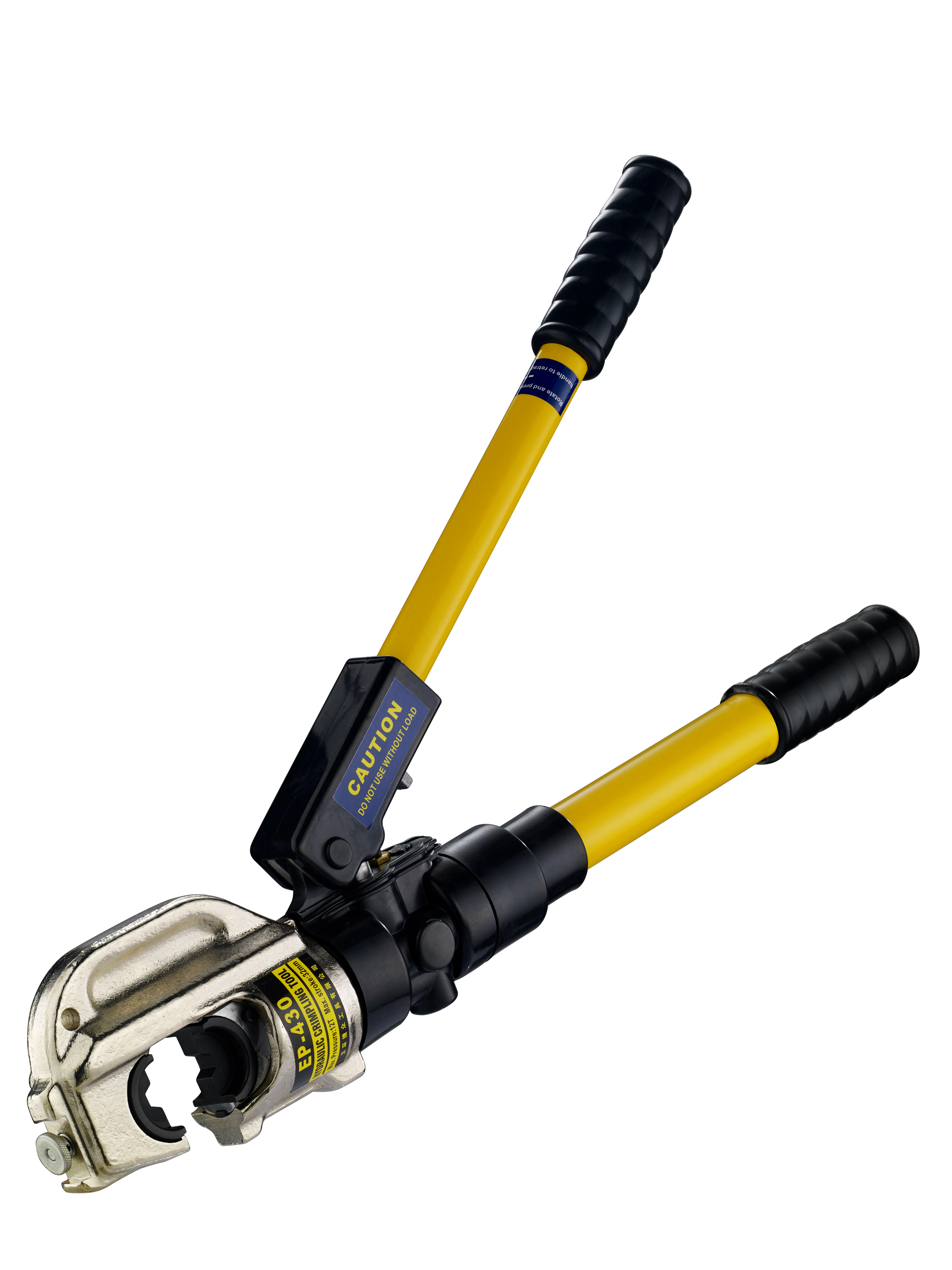
-
 Afrikaans
Afrikaans -
 Albanian
Albanian -
 Amharic
Amharic -
 Arabic
Arabic -
 Armenian
Armenian -
 Azerbaijani
Azerbaijani -
 Basque
Basque -
 Belarusian
Belarusian -
 Bengali
Bengali -
 Bosnian
Bosnian -
 Bulgarian
Bulgarian -
 Catalan
Catalan -
 Cebuano
Cebuano -
 Corsican
Corsican -
 Croatian
Croatian -
 Czech
Czech -
 Danish
Danish -
 Dutch
Dutch -
 English
English -
 Esperanto
Esperanto -
 Estonian
Estonian -
 Finnish
Finnish -
 French
French -
 Frisian
Frisian -
 Galician
Galician -
 Georgian
Georgian -
 German
German -
 Greek
Greek -
 Gujarati
Gujarati -
 Haitian Creole
Haitian Creole -
 hausa
hausa -
 hawaiian
hawaiian -
 Hebrew
Hebrew -
 Hindi
Hindi -
 Miao
Miao -
 Hungarian
Hungarian -
 Icelandic
Icelandic -
 igbo
igbo -
 Indonesian
Indonesian -
 irish
irish -
 Italian
Italian -
 Japanese
Japanese -
 Javanese
Javanese -
 Kannada
Kannada -
 kazakh
kazakh -
 Khmer
Khmer -
 Rwandese
Rwandese -
 Korean
Korean -
 Kurdish
Kurdish -
 Kyrgyz
Kyrgyz -
 Lao
Lao -
 Latin
Latin -
 Latvian
Latvian -
 Lithuanian
Lithuanian -
 Luxembourgish
Luxembourgish -
 Macedonian
Macedonian -
 Malgashi
Malgashi -
 Malay
Malay -
 Malayalam
Malayalam -
 Maltese
Maltese -
 Maori
Maori -
 Marathi
Marathi -
 Mongolian
Mongolian -
 Myanmar
Myanmar -
 Nepali
Nepali -
 Norwegian
Norwegian -
 Norwegian
Norwegian -
 Occitan
Occitan -
 Pashto
Pashto -
 Persian
Persian -
 Polish
Polish -
 Portuguese
Portuguese -
 Punjabi
Punjabi -
 Romanian
Romanian -
 Russian
Russian -
 Samoan
Samoan -
 Scottish Gaelic
Scottish Gaelic -
 Serbian
Serbian -
 Sesotho
Sesotho -
 Shona
Shona -
 Sindhi
Sindhi -
 Sinhala
Sinhala -
 Slovak
Slovak -
 Slovenian
Slovenian -
 Somali
Somali -
 Spanish
Spanish -
 Sundanese
Sundanese -
 Swahili
Swahili -
 Swedish
Swedish -
 Tagalog
Tagalog -
 Tajik
Tajik -
 Tamil
Tamil -
 Tatar
Tatar -
 Telugu
Telugu -
 Thai
Thai -
 Turkish
Turkish -
 Turkmen
Turkmen -
 Ukrainian
Ukrainian -
 Urdu
Urdu -
 Uighur
Uighur -
 Uzbek
Uzbek -
 Vietnamese
Vietnamese -
 Welsh
Welsh -
 Bantu
Bantu -
 Yiddish
Yiddish -
 Yoruba
Yoruba -
 Zulu
Zulu


7-р сар . 05, 2025 07:04 Back to list
High-Quality Ratchet Lever Block for Heavy Lifting Chain Block and Lever Block Supplier 1.5 Ton Ratchet Lever Hoist
- Introduction to Ratchet Lever Block and Its Importance in Material Handling
- Key Technical Advantages of Modern Ratchet Lever Hoists
- Comparative Manufacturer Analysis: Ratchet Lever Block vs. Chain Block and Lever Block
- Customization Solutions for Specific Industry Requirements
- Application Scenarios: Real-World Use Cases
- Data-Driven Performance Impact and Market Trends
- Conclusion: Choosing the Right Ratchet Lever Block for Your Operations

(ratchet lever block)
Introduction: Ratchet Lever Block and Material Handling Innovation
Material handling is a cornerstone of industrial productivity, and advancements in hoisting equipment are transforming operational safety and efficiency. Among the pivotal technologies, the ratchet lever block
stands out due to its compact design and ease of use. According to recent market studies, the global hoist and crane market size is projected to reach USD 53.7 billion by 2027, with lever blocks occupying a significant market share. Traditionally, manual lifting devices faced challenges in reliability and operator safety, but the evolution towards advanced ratchet lever blocks has set new benchmarks for the industry. This article delves into their technical superiority, detailed manufacturer comparisons, and tailored custom solutions, ending with notable application cases.
Key Technical Advantages of Modern Ratchet Lever Hoists
Contemporary ratchet lever blocks are engineered with enhanced load capacity, typically ranging from 0.75 ton up to specialized models like the ratchet lever hoist 1.5 ton. These devices incorporate galvanized and heat-treated chains, corrosion-resistant bodies, and mechanical brakes for optimal safety. Distinctive features include:
- Precision Gear Mechanism: Offers a mechanical efficiency of approximately 96%, compared to 85% in older lever blocks.
- Lightweight Alloys: Reduces fatigue for operators, with average unit weight between 4.5 kg and 7.2 kg for 1.5-ton models.
- 360° Rotating Hooks: Enhances operational flexibility, meeting stringent safety standards (EN13157, ASME B30.21).
Comparative Manufacturer Analysis: Ratchet Lever Block vs. Chain Block and Lever Block
Choosing the right lifting device depends on key differentiators such as lifting capacity, ease of use, maintenance, and price. Below is a comparative data table featuring top manufacturers:
| Manufacturer | Device Type | Max Load Capacity | Net Weight (1.5 Ton Model) | Average Lifespan | Standard Certifications | Avg. Price (USD) |
|---|---|---|---|---|---|---|
| Yale | Ratchet Lever Hoist | 1.5 Ton | 7.2 kg | 10 years | EN13157, ISO9001 | $445 |
| Kito | Chain Block | 1.5 Ton | 9 kg | 12 years | EN13157, ASME B30.16 | $485 |
| Tiger Lifting | Lever Block | 1.5 Ton | 8.8 kg | 9 years | AS1418 | $420 |
| Harrington | Ratchet Lever Block | 1.5 Ton | 6.9 kg | 11 years | ASME B30.21, EN13157 | $460 |
From the data, ratchet lever blocks deliver competitive weight advantages and extended lifespan at a moderate price, while delivering essential certifications for global compliance.
Customization Solutions for Specific Industry Requirements
Not all material handling environments present the same challenges. Industries such as mining, offshore oil platforms, and precision manufacturing require custom solutions. Manufacturers now offer tailored options for the chain block and lever block sector, including:
- Corrosion-Proof Finishes: Essential in marine and chemical processing industries.
- Variable Chain Lengths: Adjustable from 1.5m up to 20m to accommodate varying clearance requirements.
- Explosion-Proof Components: Designs for hazardous or ATEX-zoned environments.
Application Scenarios: Real-World Use Cases
Deployment data from global projects highlights the versatility of ratchet lever hoists. In the construction sector, ratchet lever hoist 1.5 ton units are routinely used for steel beam alignment and pre-cast component lifting. One major infrastructure project in Sydney reported a 24% reduction in total lifting time by replacing legacy chain blocks with ratchet lever blocks. In auto manufacturing, precise control is critical—lever blocks ensure assembly line uptime by reducing mechanical slips by up to 35%. Similarly, the offshore energy sector, where space is constrained, relies on the compact form factor and durability of lever hoists for routine maintenance.
Data-Driven Performance Impact and Market Trends
The impact of advanced ratchet lever blocks is clear in the data. According to a 2023 Global Safety Institute report:
- Operational Efficiency: Facilities reported a mean productivity gain of 17% after adopting modern ratchet lever blocks.
- Safety Enhancements: Lost-time incidents due to lifting accidents fell from 0.32% to 0.19% per 1,000 man-hours.
- Market Shift: There is a 28% year-on-year increase in the adoption of lever blocks in logistics and warehousing.
Conclusion: Selecting the Best Ratchet Lever Block for Operational Excellence
The evolution of material handling technologies, spearheaded by the ratchet lever block, presents substantial opportunities for industries seeking gains in productivity, safety, and cost-efficiency. Manufacturer comparisons show tangible benefits in weight, lifespan, and compliance, while custom solutions meet the exacting standards of diverse industrial sectors. By analyzing data-driven performance outcomes and real-world success stories, decision-makers can confidently select the most suitable ratchet lever hoist or chain block for their unique applications. Investing in leading-edge hoisting technology is imperative for any facility committed to operational excellence.

(ratchet lever block)
FAQS on ratchet lever block
Q: What is a ratchet lever block?
A: A ratchet lever block is a manual lifting device used to lift, pull, or position heavy loads. It operates with a ratcheting handle and a load chain for controlled movement. This tool is popular in construction, manufacturing, and warehousing.Q: How does a ratchet lever block differ from a chain block and lever block?
A: A ratchet lever block is operated by moving a lever, while a chain block (also known as a chain hoist) uses a hand chain. Both are used for lifting, but their operating mechanisms differ. Lever blocks offer more control for positioning loads.Q: What is the typical lifting capacity of a ratchet lever hoist 1.5 ton?
A: A ratchet lever hoist 1.5 ton is designed to safely lift up to 1.5 metric tons. It's suitable for medium-duty lifting tasks in various industries. Always check the manufacturer's specifications for maximum capacity.Q: Where can I use a ratchet lever block safely?
A: Ratchet lever blocks are suitable for use in construction, factories, shipyards, and workshops. Ensure the anchoring point is strong enough before lifting. Always follow safety guidelines and inspect the equipment before use.Q: Can a ratchet lever block be used for pulling as well as lifting?
A: Yes, a ratchet lever block is versatile and can be used for both lifting and horizontal pulling. It can move loads into position with controlled operation. Read the manual to confirm limits for each application.Latest news
duct-rodders-and-conduit-rod-tools
NewsAug.22,2025
ratchet-pullers-and-wire-tightening-tools
NewsAug.22,2025
chain-ratchet-pullers-and-hoist-solutions
NewsAug.22,2025
telescopic-hot-stick-for-electrical-and-high-voltage-use
NewsAug.22,2025
cable-clamp-and-insulated-cable-clamp-systems
NewsAug.22,2025
duct-rodder-conduit-rodder-and-cable-solutions
NewsAug.22,2025








